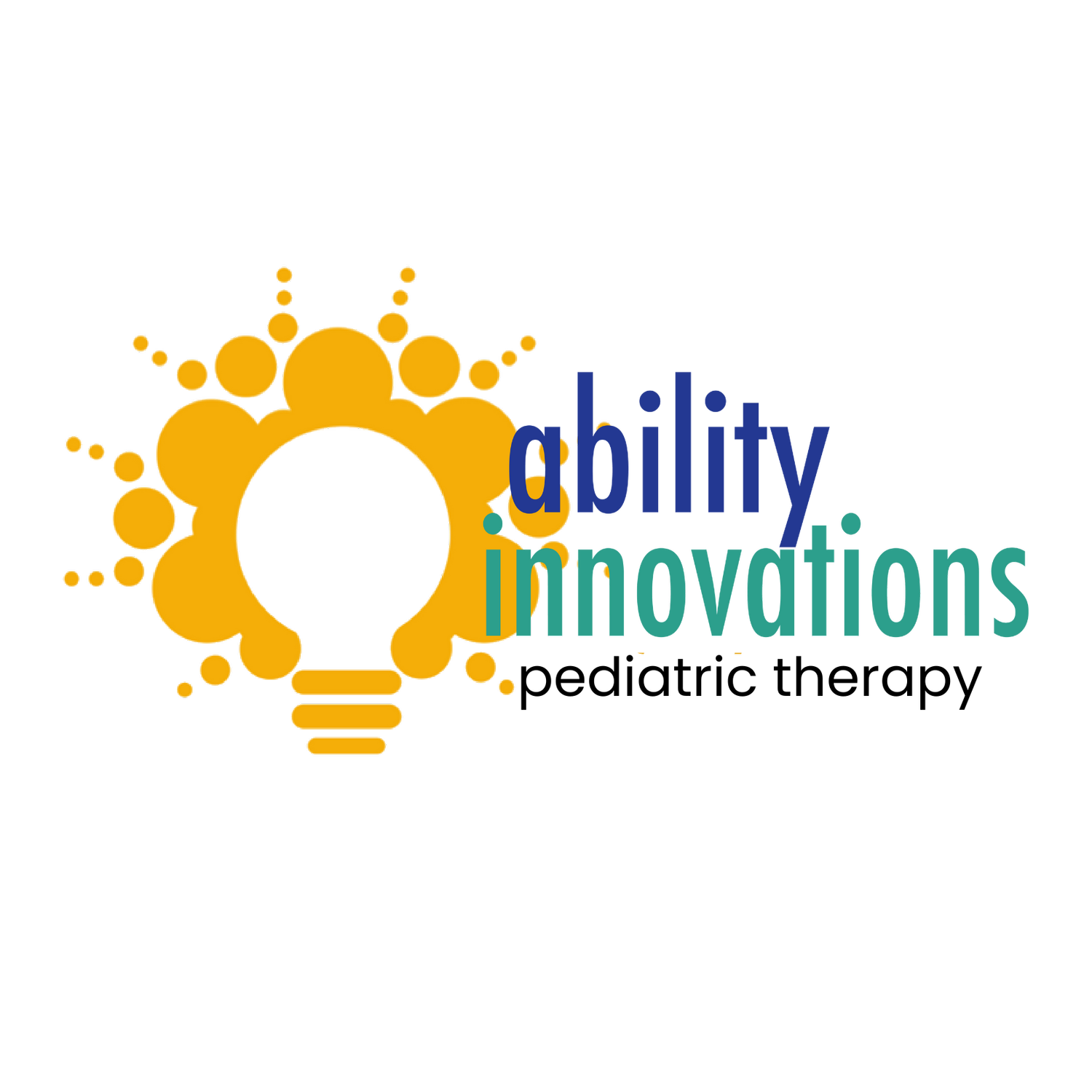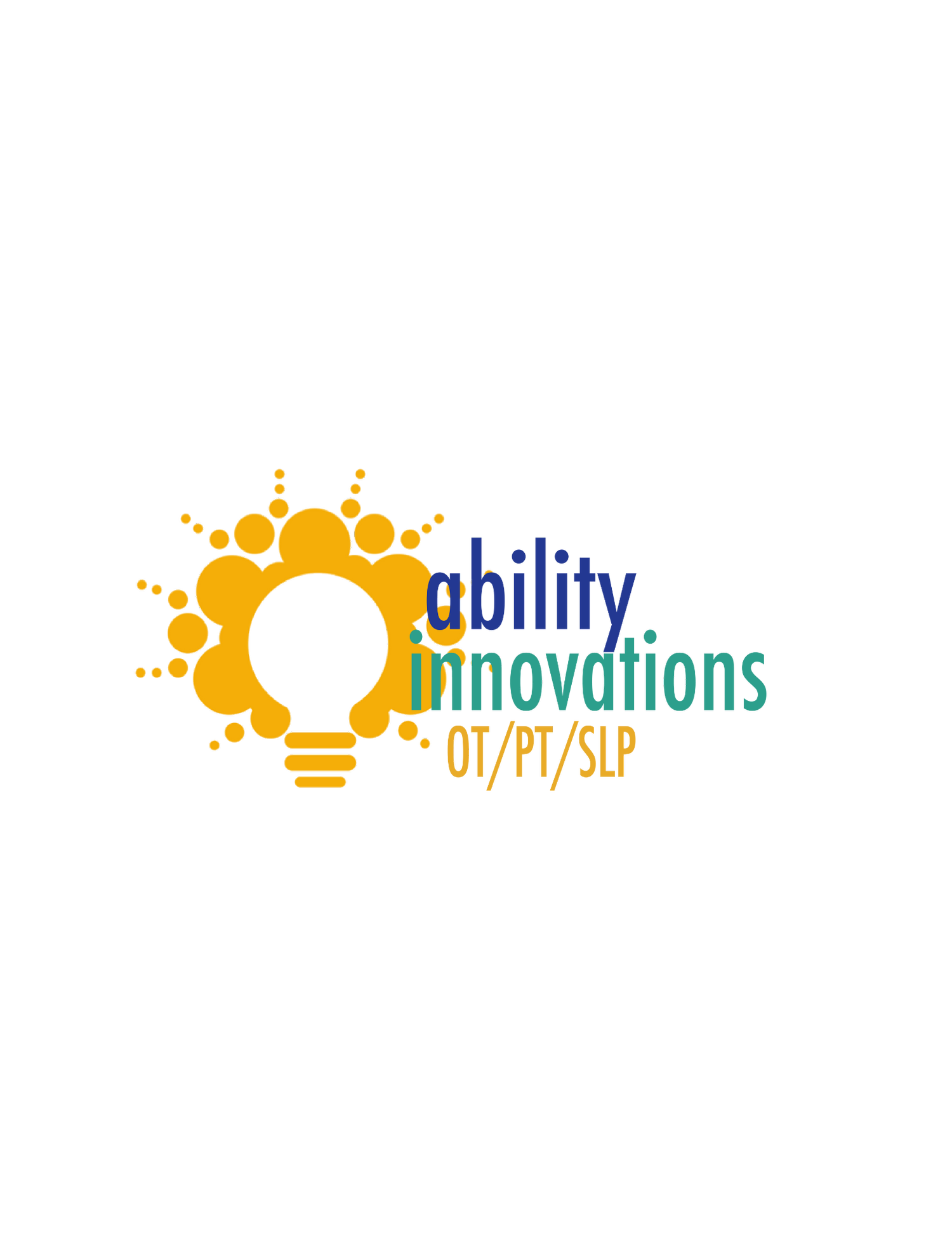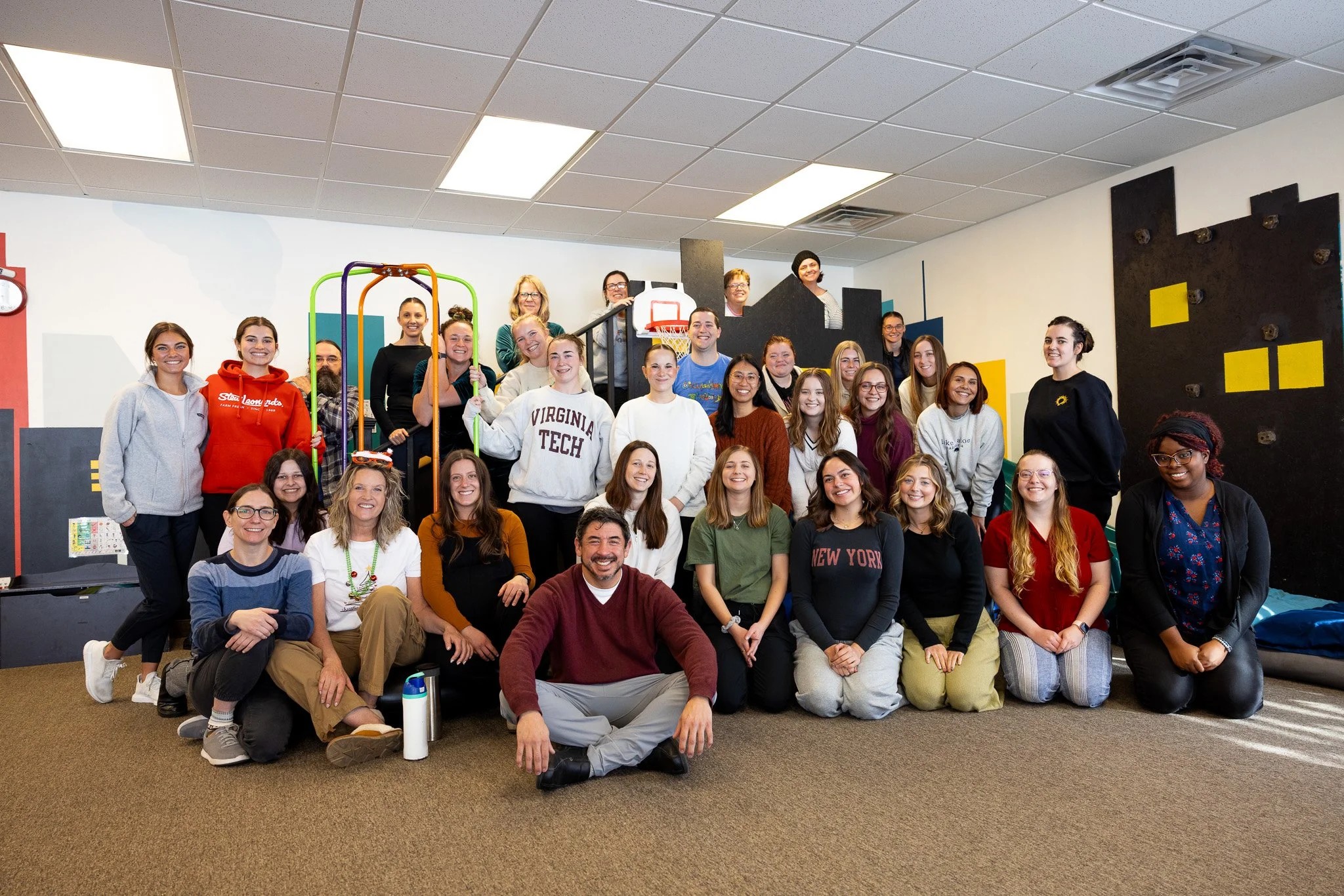The Power of Presence: Understanding the Therapeutic Use of Self in Therapy
Nick Sidwell, OTR/L
In the world of occupational therapy (OT), we often talk about tools, techniques, and evidence-based interventions. But there's one tool that is so essential, so foundational, that it transcends any manual or modality—the therapist themselves. This is known as the therapeutic use of self, and it is a powerful, yet often undervalued, element of effective therapy. Many therapists are good at therapy, and what they do, but moving from “good” to “great” takes the power of presence.
What Is Therapeutic Use of Self?
The therapeutic use of self refers to the intentional use of one’s personality, insights, perceptions, and communication skills to build a therapeutic alliance with clients. It means bringing your authentic self into the clinical setting—not as a friend or authority figure, but as a compassionate, attuned partner in the therapeutic journey. For example, it can move and motivate a child in a non-preferred task to perform even better or calm them down when they don’t feel like they can do the task at hand. A therapist who can truly connect with a child makes up the majority of what are considered the “Predictors of Positive Outcomes in Therapy”, according to Hubble, Duncan, and Miller (2000).
Rather than therapy being something you do with a client, it’s something you bring to the therapeutic relationship: your interpersonal relationship skills, your ability to connect, your self-awareness, and your responsiveness in the moment. Most parents would see this as how their child loves their therapist and wants to come to therapy. It makes all the difference- beyond how amazing the techniques are that are used, the knowledge of the therapist, or even how big and equipped the clinic is.
Why It Matters in OT
Most types of therapy are inherently relational. We all work closely with individuals and families during some of their most vulnerable and challenging times. Whether a child is struggling to meet developmental milestones, an adult is relearning how to complete daily tasks after an injury, or an older adult is adapting to life changes, these moments require trust, safety, and understanding.
The therapeutic use of self helps to build rapport and trust, create a safe emotional environment, enhance motivation and engagement, facilitate communication and collaboration, and support emotional regulation and co-regulation. It takes a lot of high-level skills that only come from experience or innate ability. Including Self-Awareness- where therapists need to be aware of their own emotions, triggers, values, and biases. This helps prevent unintentional reactions and supports more attuned interactions with clients. They need the obvious Empathy and Compassion- Empathy allows therapists to understand their clients’ experiences without judgment. Compassion helps us offer that understanding with kindness and warmth. Most of all, they need to have Attunement. This is the ability to read a client’s cues—both verbal and nonverbal—and respond in a way that meets them where they are. It includes tone of voice, body language, pacing, and emotional presence. It comes from practice and years of experience or mentoring.
A Real-Life Example
Imagine an OT working with a young child with sensory processing challenges who becomes easily overwhelmed in new environments. The therapist notices the child clenching their fists and averting their eyes. Instead of pushing through an activity, the therapist gently kneels, softens their tone, and says, “It seems like this feels a little too big right now. Want to sit next to me for a minute while we breathe together?” I see this happen every day at Ability Innovations from so many therapists.
This moment of slowing down, noticing, and being present is the therapeutic use of self in action, but it is also one of the core values of our clinic. Our value of “People First” embodies this. It shows up in the way our people strive to build trust, reduces anxiety by supporting not just the kids but their families, and makes Ability Innovations a safe place.
Final Thoughts
As therapists at Ability Innovations and beyond, we bring more than just our knowledge—we bring ourselves. The therapeutic use of self reminds us that how and why we connect with others can be just as important as what we do. By cultivating authenticity, empathy, and attunement, we create space for true healing and growth.
Because at the end of the day, it’s not just about helping children do super things—it’s about helping them be the superheroes of tomorrow.




